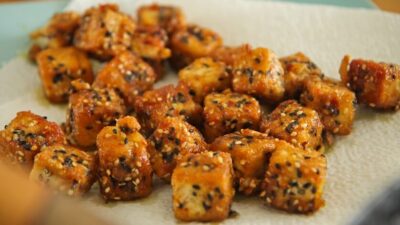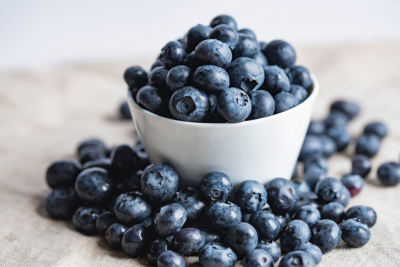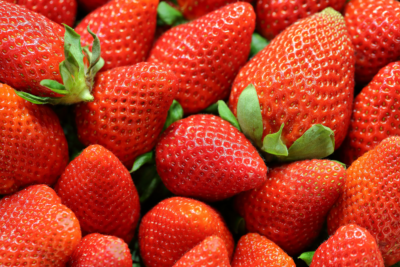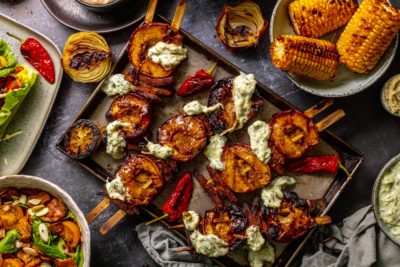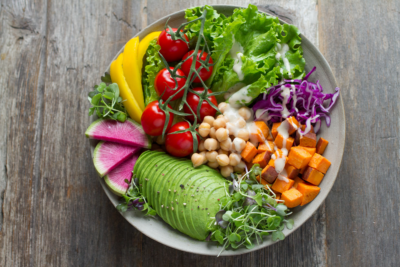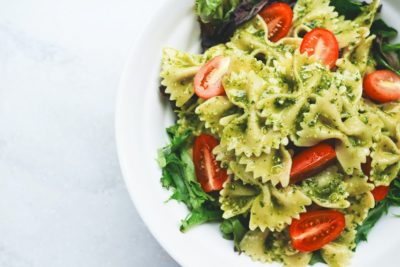With its diverse flavours and unique health benefits, Korean cooking has captured the attention of foodies worldwide. But if we look back at the history of this cuisine, it has largely been developed around plant-based ingredients, with meat and dairy used sparsely or even left out. To celebrate Buddha’s birthday, we’ve put together a comprehensive guide to K-Veganism and why you should try it.
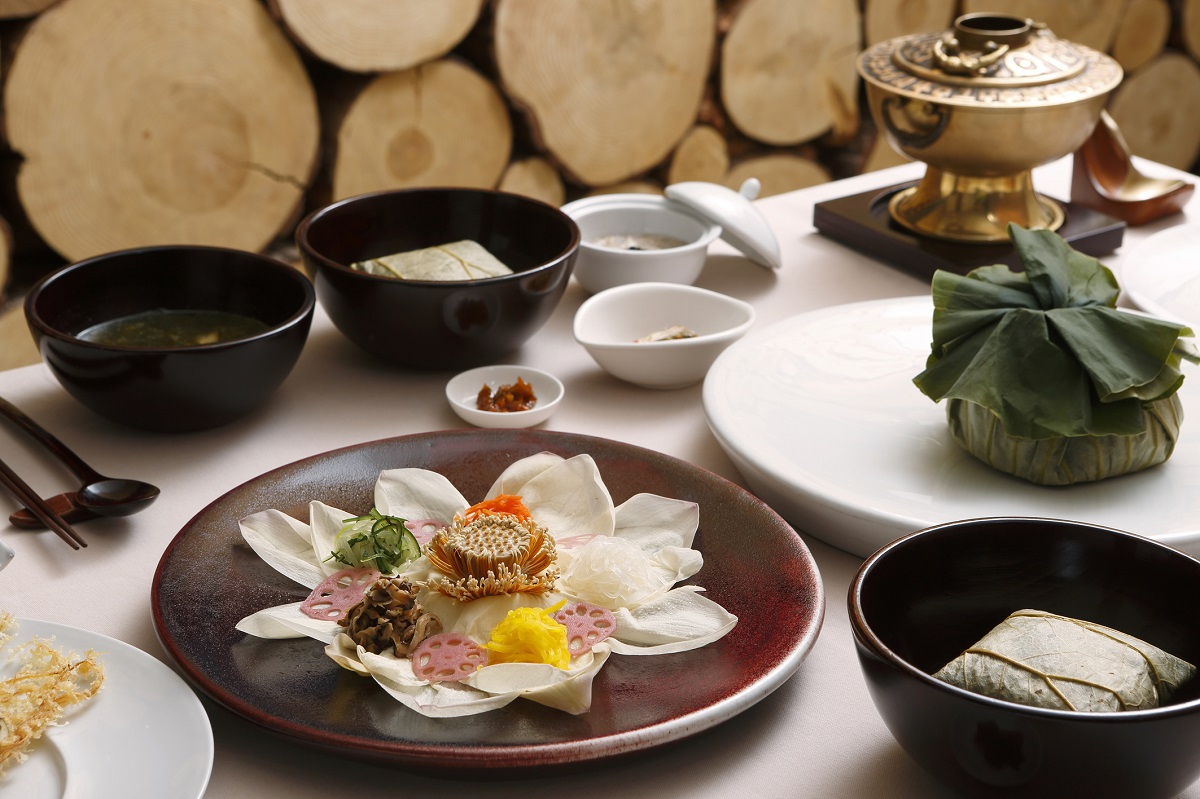
The spiritual roots of Korean vegan food
Vegan eating has a long history in Korea, particularly among Buddhist monks and nuns. “Temple food” originated over 1,600 years ago and is based on the principles of zero waste and sustainability as well as being entirely vegan. The mountains of Korea, where temples are traditionally built in seclusion from wider society, are the ideal place to source natural, fresh ingredients which are crafted into nutritious dishes packed with flavour.
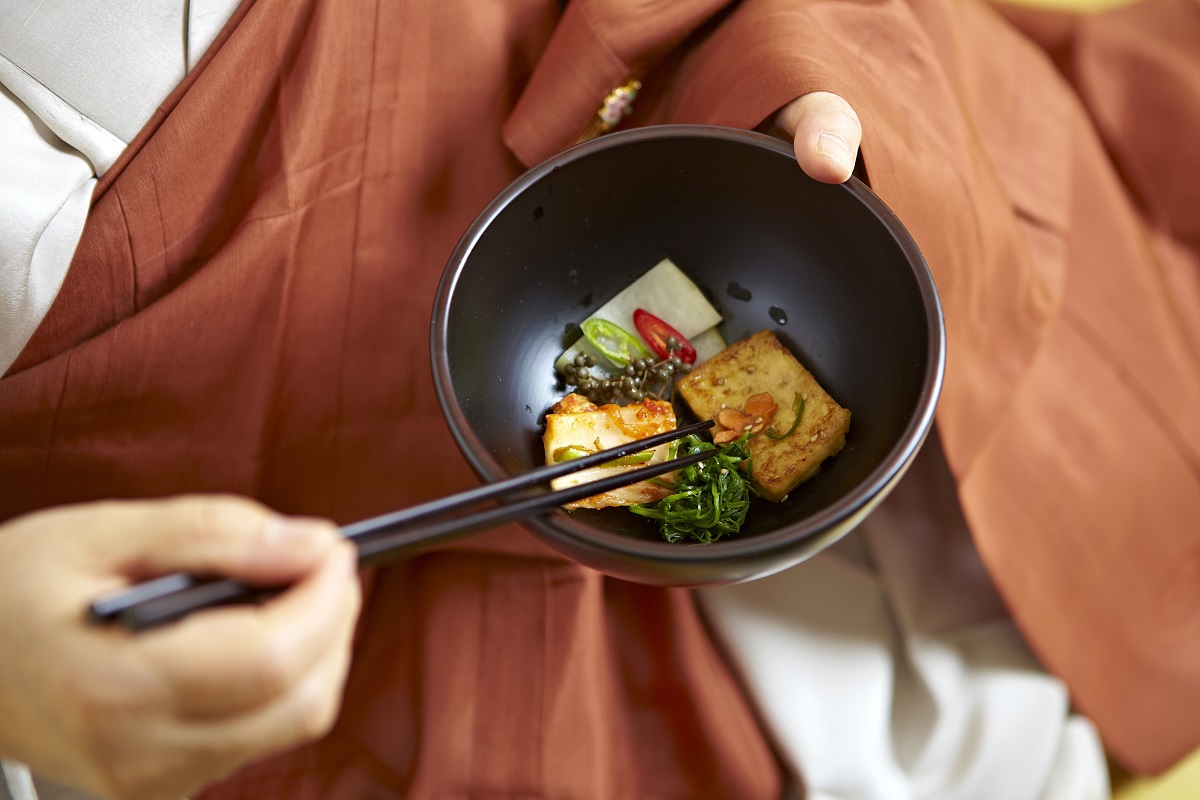
Temple food recipes – including tofu stews, rice soups and preserved vegetable dishes – have had a significant influence on mainstream Korean cuisine. Similarly, Buddhist chefs have adopted new ingredients such as gochujang red chilli paste, which became a staple seasoning after the chilli pepper arrived in Korea during the 16th century.

The best place to try Korean temple food is at one of the many temples which open their doors to visitors for “templestay” experiences – usually a one- or two-night stay including meals, meditation and craft workshops. You can also experience a taste of temple food and culture at restaurants in Seoul – including the famous Balwoo Gongyang. And while we’re all stuck at home, why not try your hand at a recipe from the Korea Temple Food website, many of which are more straightforward than you’d think and use ingredients easily found at your local supermarket.
What to try first: everyday vegan options in Korea
Many representative Korean dishes can be made without meat – from bibimbap, rice mixed with vegetables and gochujang, to stir-fried glass noodles or japchae. Traditionally, a Korean meal is not complete without a main dish, a bowl of rice and a variety of banchan (side dishes), perfect for vegans as they often consist of stir-fried or pickled vegetables.
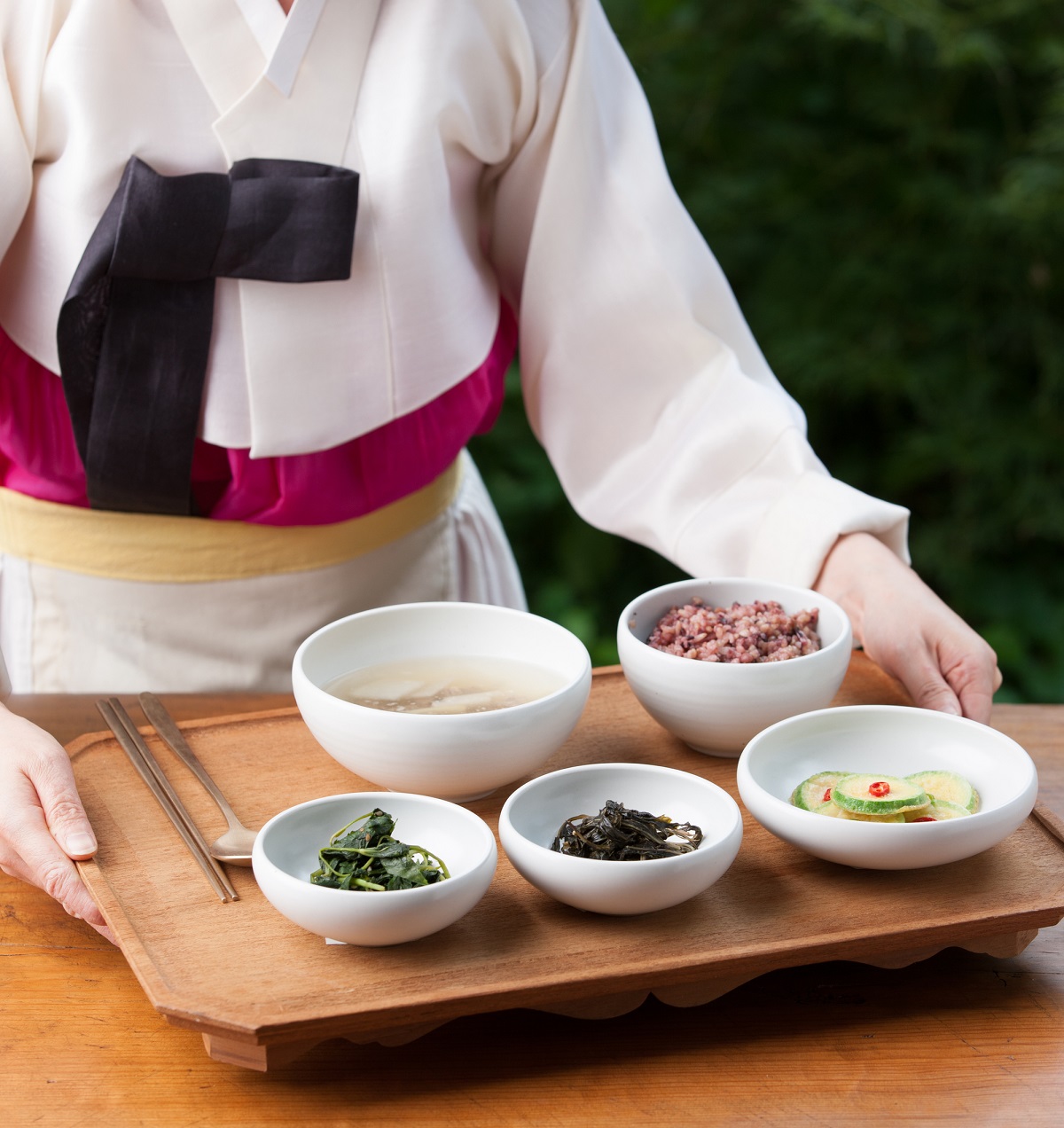
For a quick, simple meal, you can try kimbap – rice and seaweed rolls with fillings that include spinach, carrot and danmuji (yellow pickled radish). These are ideal picnic food (think Korean sandwich) and most street food stalls or cafes will make the rolls to order, so it’s easy to ask for vegan fillings only.
(Vegan) kimchi, your new health food obsession
Undoubtedly the most beloved banchan in Korea, the spicy fermented cabbage dish kimchi has become a UK favourite too – especially during the recent lockdown – and is known for its addictive salty-spicy flavour, “friendly” bacteria and infinite variations (the cabbage is often substituted for other vegetables such as radish, cucumber or spring onion). Aside from being a staple side dish, kimchi is also used as a cooking ingredient in various dishes from kimchi jjigae (kimchi stew) to kimchi fried rice.
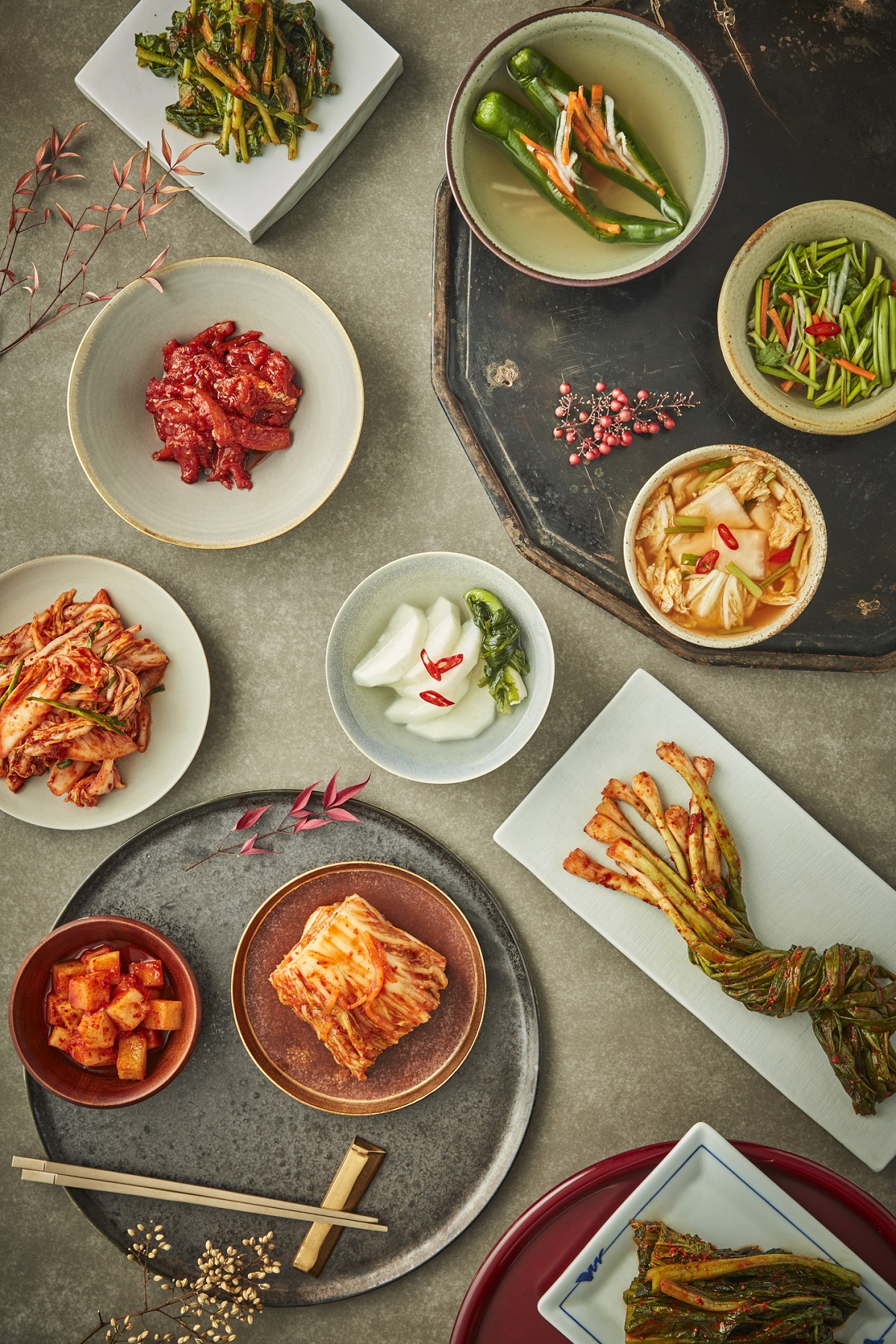
While kimchi sometimes contains seafood, vegan versions are widely available in Korea or at UK-based shops such as Mr. Kimchi. You can also try making it yourself – the process is traditionally called kimjang, and involves entire families and communities coming together in late autumn to prepare enough kimchi to last the winter.
Top tips for vegan travel in Korea
While you may not always see vegan options on the menu, restaurants are usually happy to adjust their dishes if you let them know in advance. A useful phrase is “(고기)를 빼주세요/(gogi)reul bbaejuseyo” which means “please leave out (the meat)” – depending on the dish you can replace “gogi” with seafood (해산물/hye-san mul), egg (계란/gye-ran) or any ingredient(s) you prefer not to eat.
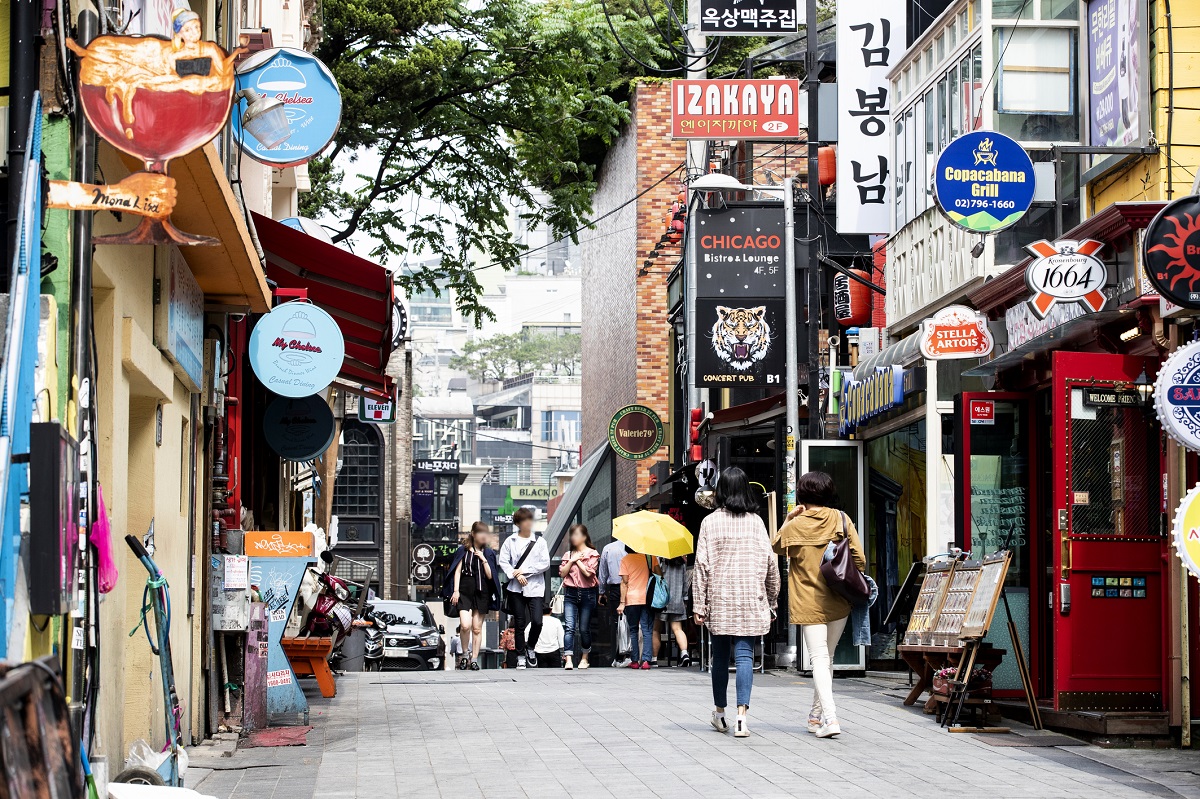
There are also an increasing number of vegetarian- or vegan-only restaurants in Korea which offer a variety of Korean and international cuisines. For Western-style vegan food head to the multicultural neighbourhood of Itaewon in Seoul, where you’ll find hidden gems such as Plant Café and Vegetus. Alternatively, the centrally-located Insadong is home to more traditional K-Vegan restaurants, including street food café Maru Jayeonsik Kimbap and cosy, unpretentious Osegyehyang, where you can sample classic dishes from ddeokbokki (spicy stir-fried rice cakes) to K-BBQ.
To conclude…whether you are cooking at home, staying in a Buddhist temple or visiting one of the many specialist restaurants in Seoul, Korean food is as vegan-friendly as they come and a great way to expand your culinary horizons. Please enjoy responsibly – we will not be held accountable for any newfound addictions to kimchi!

